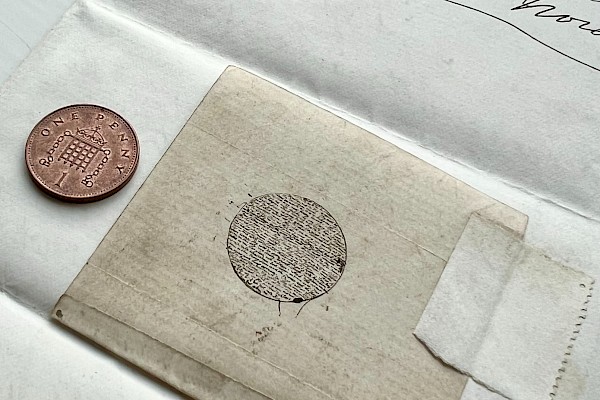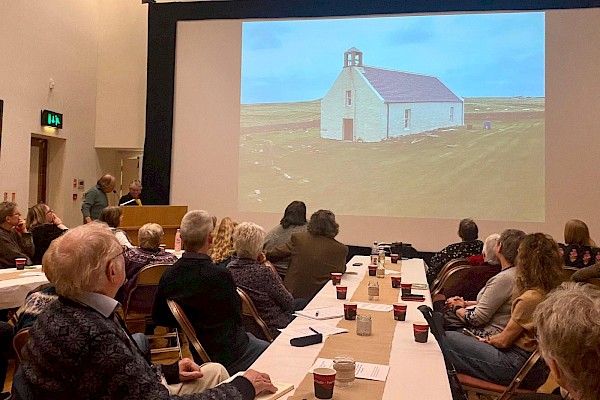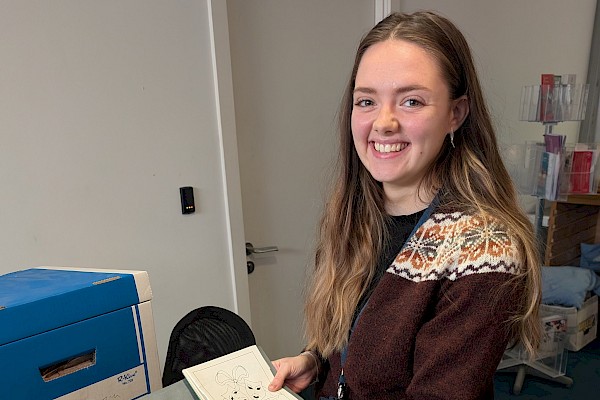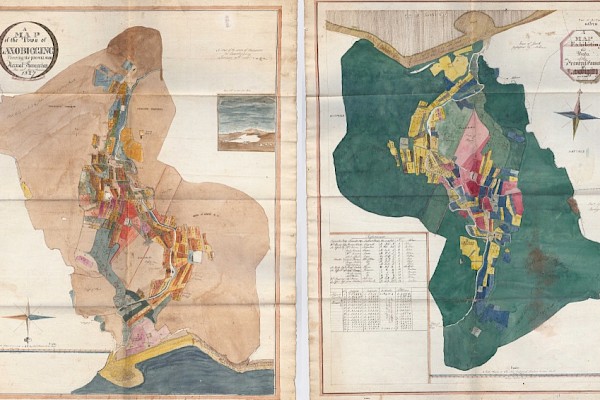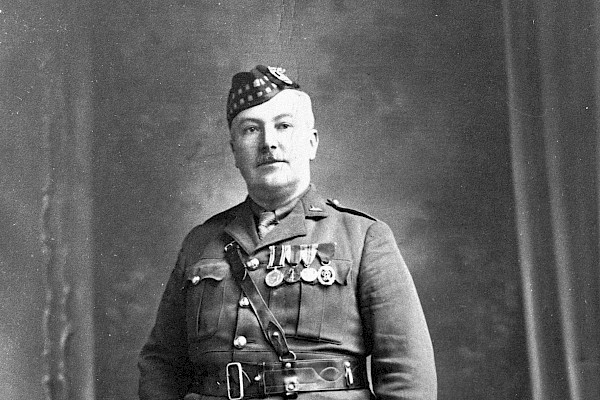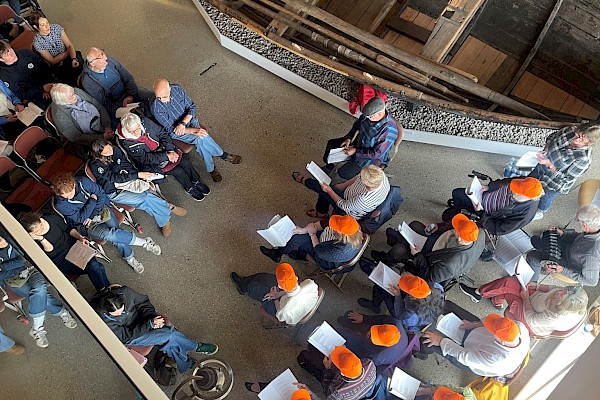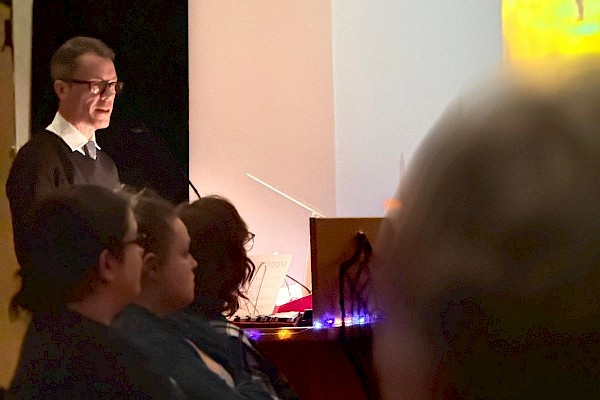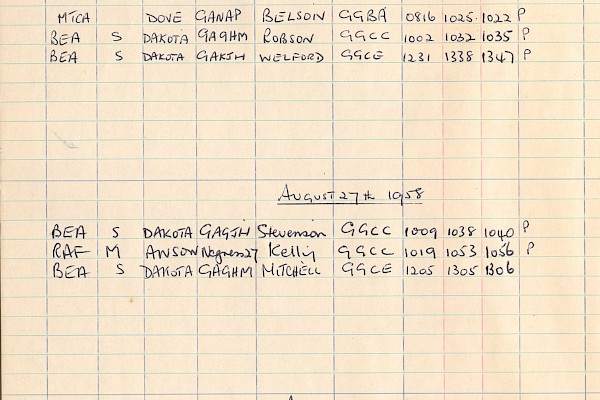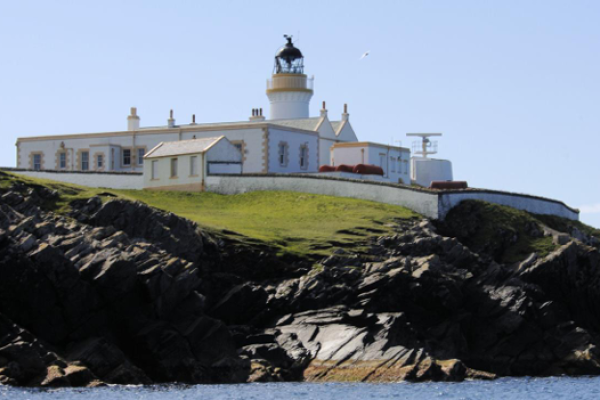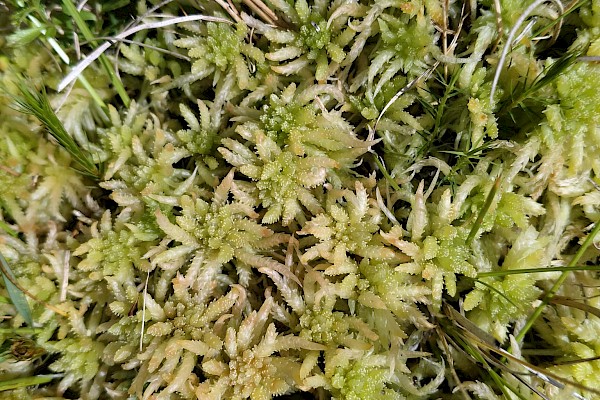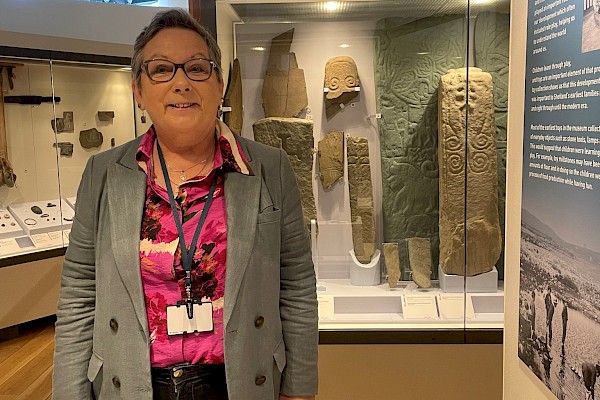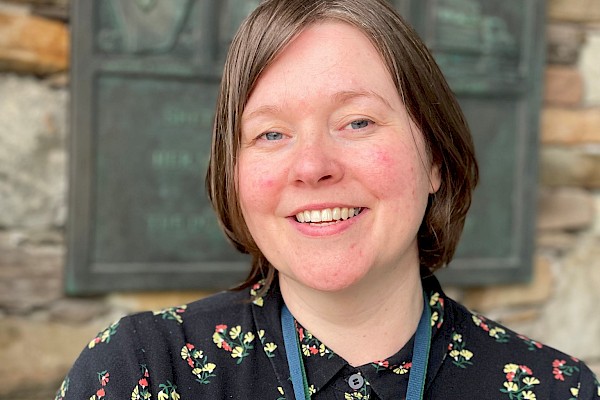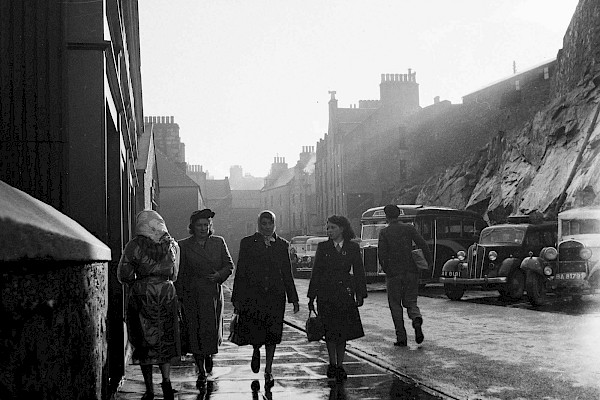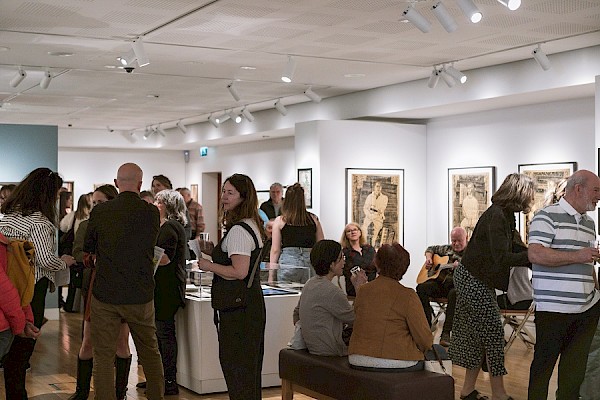Remembering George P.S. Peterson
George P.S. Peterson died recently. He was a notable archival source, teacher, writer, storyteller, folk dancer, and fiddler. He was deeply associated with the island of Papa Stour, spending as much time there as he could. He was in fact born in Mounthooly Street, Lerwick, in 1932, his father from Sandness and his mother from Papa Stour. She longed to return, and when a croft there became vacant, or cam vod, as George said, it meant a move. The Petersons went there in late 1934.

There were over a hundred people in Papa then nearly aa connected distantly or closely. A trip across the sound to the Sandness grandfolk still kept home in sight. It was a small world, but for George a rich one, and he thrived there. He spoke of playing with an old sole as a toy boat, listening to his mother and grandmother speaking turnin da pages o da generations. As an adult, he was to turn a few himself.
He left the island age three, when he broke his leg, and was taken out by lifeboat. The Papa people signalled in Morse code to the mainland by torch until someone noticed and summoned help. In the Lerwick hospital he lost some of his Papa speech, but it came back quickly. He was always someone alive to language, and more particularly, dialect. Writing too, books wis just pure magic, he said, and his parents made sure he had them. Unsurprisingly he went to the Anderson Institute school in Lerwick in 1946, and Aberdeen University in 1951, studying Swedish, Icelandic, and some Anglo-Saxon. After teacher training he did National Service in the Education Corps as a sergeant. It was always difficult to imagine him as someone with three stripes.
He said he was aten up wi langer for Papa and missed it terribly when he went for education in Lerwick. It was residential education, living in the town a term at time for people like George, and he treasured each trip home. His teaching career in Shetland took him firstly to another island, Bridgend School in Burra, where he had to cross two stretches of water to spend his weekends in Papa, then to Aith, an easier location, and finally a long service at Brae School.
Papa Stour’s population fell, in 1963 four families left, and the downward trend continued, with the 2011 census giving the population as 15. Papa has a particular tradition, the Papa Stour Sword Dance. George had joined the dance a bit short of his seventeenth birthday, and he took his knowledge to Brae with him, set up a team of boys there, and continued the tradition outwith the isle. He was always willing to be recorded, the quotations from him here are from a BBC Radio Shetland recording In Aboot da Night, held in the Archives. He contributed fiddle tunes – some associated with the sword dance -- and stories to the School of Scottish Studies. There are 47 tracks featuring him on the School’s site Tobar an Dualchais.
The archives has a recording of George online too, talking to the Yell History Group in 1983. He speaks about the past context Shetland people lived in, the importance of stories then, and makes a point about their moral content. He illustrated this with a story about the misuse of a gift from the fairies, and the consequences. One of his stories, Vee Skerry Seal Hunters, has the feel of a lesson taught too. A seal hunter has to return a seal pup skin so the pup can live, in return for the seal mother saving the hunter’s life. Once heard, it never leaves the listener.
A few months ago I needed some help from George. I never thought of him as an e-mailer so I phoned. Communication was friendly, but a bit difficult as he had become very hard of hearing. I went to the museum shop, bought a postcard, stuck a stamp on it and sent off my handwritten request. A few days later I got a gracious note from him, also handwritten, and the problem was solved. Archives and museums are built by helpful souls like that, and he was always willing to help.
